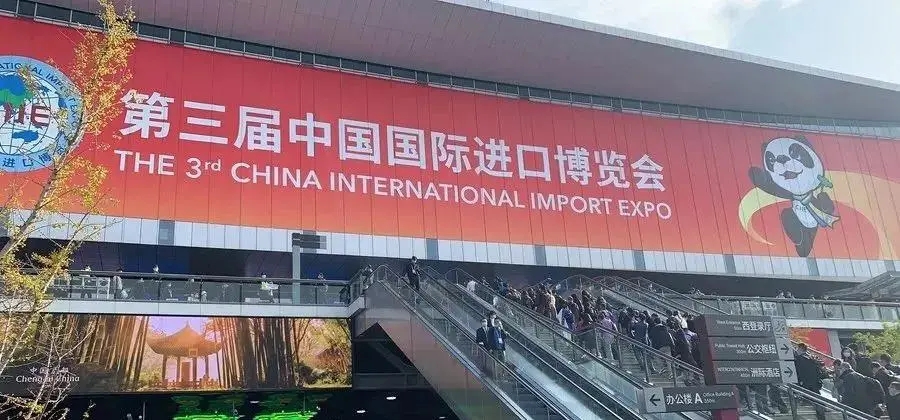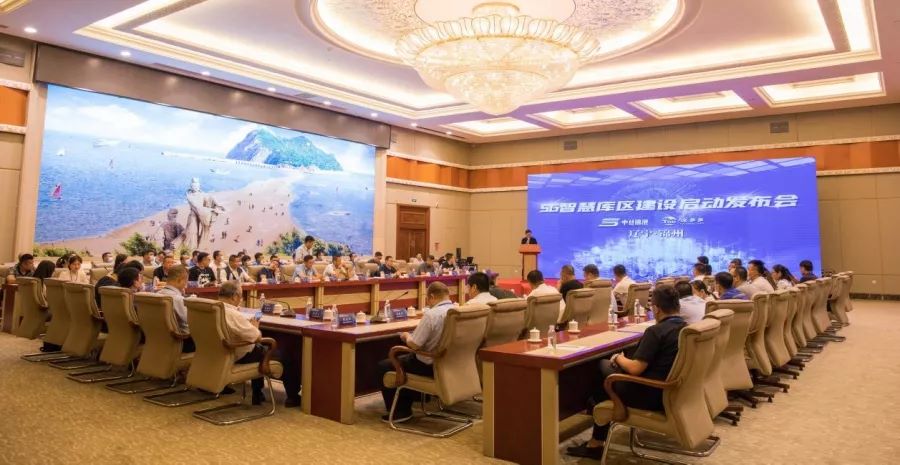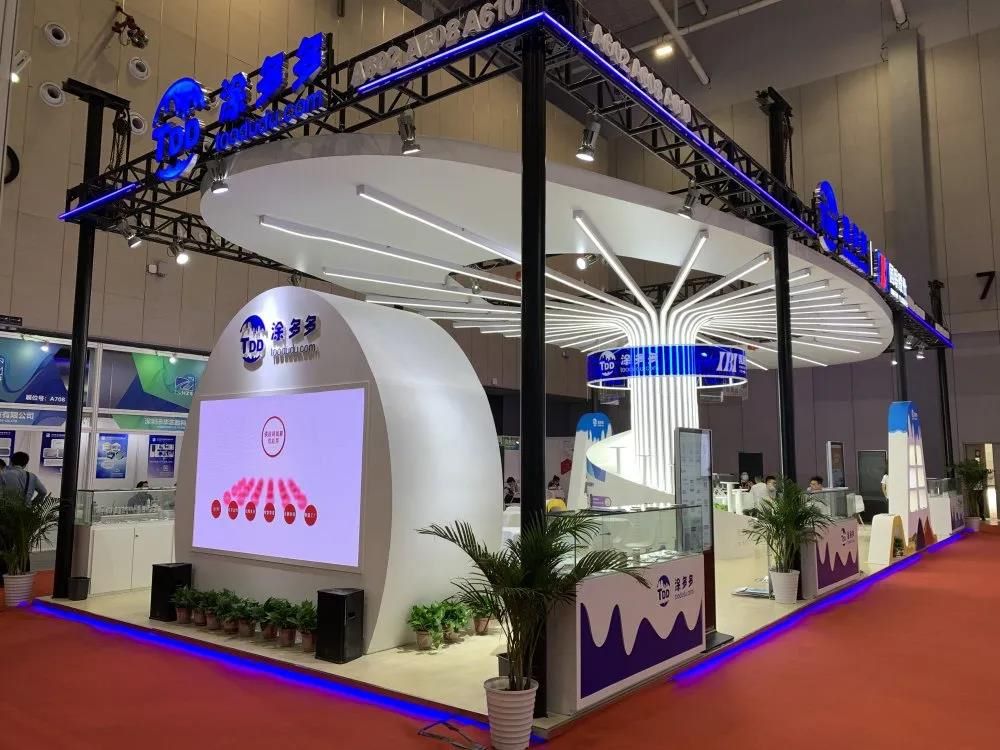Why Divides All-Steel Tire Demand?
The domestic production of all-steel tires in 2025 seems to be on a "roller coaster". From January to March at the beginning of the year, the "residual heat" of the Spring Festival holiday made the production capacity like a rocket ready to go, ushering in a wave of release. The cumulative production of all-steel tires is estimated to be about 33.1 million, a year-on-year increase of about 2.90%, presenting a thriving scene.
But who would have thought that in May, the plot took a sharp turn for the worse. The total output was 12.4133 million, although it increased by 4.16% year-on-year, but it fell by 2.20% month-on-month. Among them, the holiday is undoubtedly a "naughty ghost". The May Day and Dragon Boat Festival holidays have greatly reduced the working time of manufacturers.
The market demand side is even more "dragging its feet". The domestic market is flat. Dealers look at the mountains of tires in the warehouse with sad faces. The delivery speed is as slow as a snail. The enthusiasm for taking goods has also been poured with a basin of cold water. The shipment of manufacturers is blocked, and the output is naturally affected.
The domestic demand market for all-steel tires is like a drama of "ice and fire". In the supporting market, the commercial vehicle market in the first quarter can be called "powerful". From January to March, the cumulative production and sales of commercial vehicles increased by 5.1% and 1.8% year-on-year respectively, especially the light truck market, which increased by 7.03% year-on-year, setting a new high in nearly four years.
This strong momentum is like a gust of wind, blowing the supporting volume of all-steel tires up steadily. However, the replacement market seems to have fallen into a "cold winter".
The pace of China's economic recovery has not met expectations, the real estate market has continued to be sluggish, and infrastructure investment has not improved. These factors are like a pair of invisible big hands, firmly holding down the demand for tire replacement, resulting in a sharp decline in replacement volume compared with the same period last year.
The competition in the domestic all-steel tire market has entered a "white-hot" stage. Many companies have tried their best to get a bigger piece of this limited market "cake". Price reduction promotion is like a "price war", full of smoke; improving product quality and service is "internal cultivation", striving to stand out in quality and reputation. However, in this fierce competition, some companies are also facing cost pressure, and their profit margins are constantly compressed, as if they are struggling to survive in the cracks.
Although the industry concentration of the domestic tire industry is gradually increasing, there is still a long way to go compared with the international advanced level. Small and medium-sized tire companies are facing huge competitive pressure, just like sailing against the current, if they do not advance, they will retreat.
In terms of exports, China's all-steel tires are like a dancer dancing with "shackles", showing a certain resilience. In the first two months of 2025, the export volume of new pneumatic rubber tires reached 107 million, a year-on-year increase of 7.5%; in the first five months, the export volume of rubber tires reached 3.89 million tons, a year-on-year increase of 7.3%, and the export value was 69.1 billion yuan, a year-on-year increase of 7.7%. Calculated by the number of tires, the export volume reached 288.63 million, a year-on-year increase of 8.6%. These data are undoubtedly brilliant results.
However, factors such as the uncertainty of the global economic situation, trade frictions and tariff policies are like heavy "shackles" that restrict further growth in exports. Take the US market as an example. Its unpredictable tariff policy on Chinese tires makes the market share and profits of Chinese all-steel tires in the US market full of variables.
The demand for all-steel tires in overseas markets presents a "hot and cold" situation. Africa and the Middle East seem to be "enthusiastic fans" of all-steel tires, and the demand is very strong. The UAE and Saudi Arabia in the Middle East have become "star markets".
The UAE has greatly increased its export volume both year-on-year and month-on-month with its advantage as a trade distribution center; Saudi Arabia has provided a broad development space for Chinese tires due to its high dependence on imports in the automobile market.











